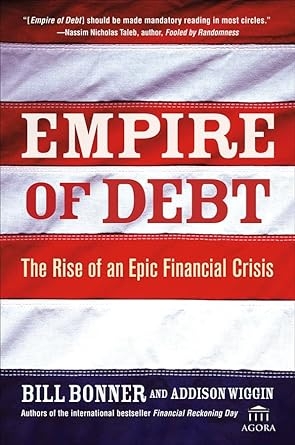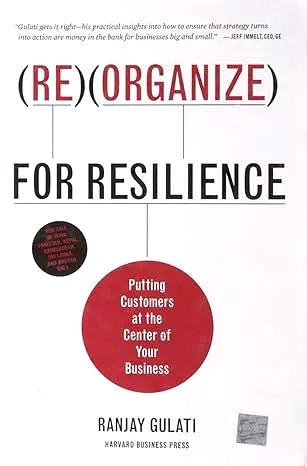- Home /
- View all non-fiction /
- Risk Management: Framework, Methods, and Practice
-
DESCRIPTION
Risk management is one of the most critical areas in investment and finance-especially in today's volatile trading environment. With Risk Management: Framework, Methods, and Practice you'll learn about risk management across industries through firsthand, real life war stories rather than mathematical formulas. Concise and readable, it covers both the theoretical underpinnings of risk management, as well as practical techniques for coping with financial market volatility. Focardi and Jonas give you a broad conceptual view of risk management: how far we have progressed, and the problems that remain. Using vivid analogies, this book takes you through key risk measurement issues such as fat tails and extreme events, the pros and cons of VAR, and the different ways of modeling credit risk. This book is a rarity in that it does not presuppose any knowledge of sophisticated mathematical techniques, but rather interprets these in their intuitive sense.



















































